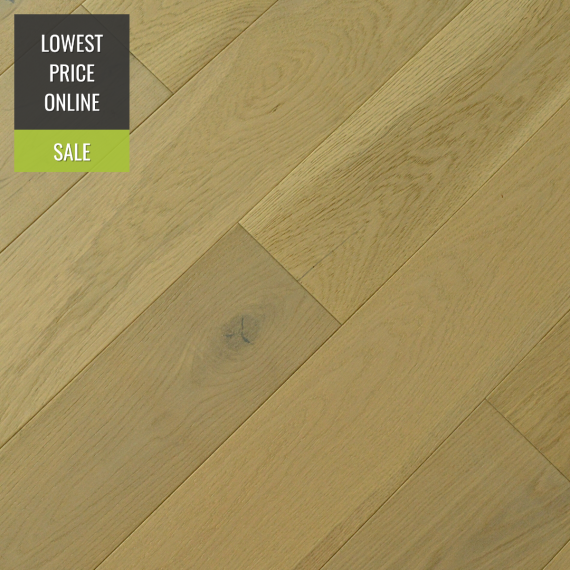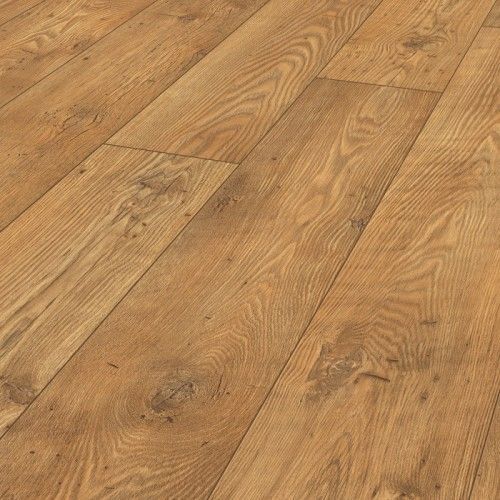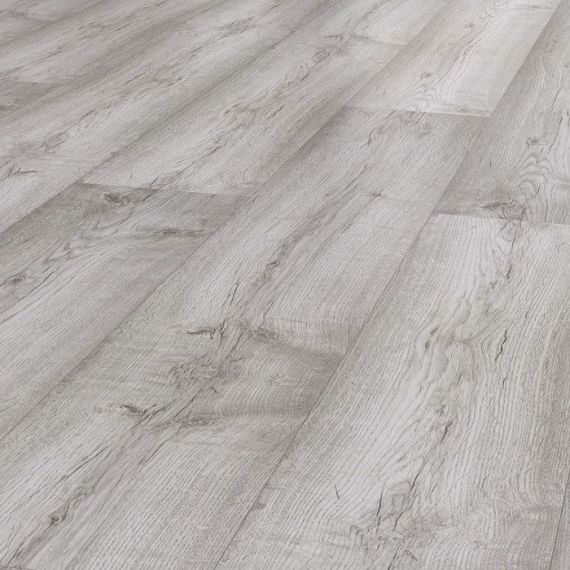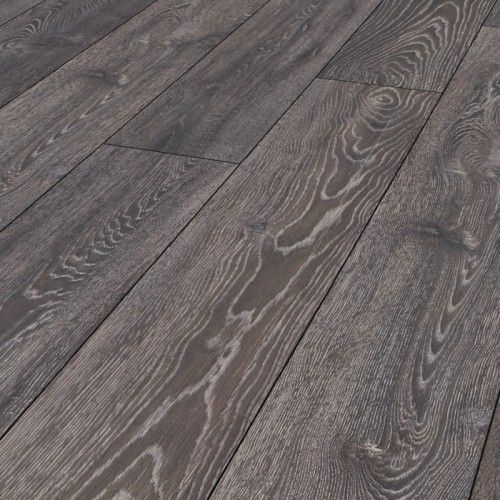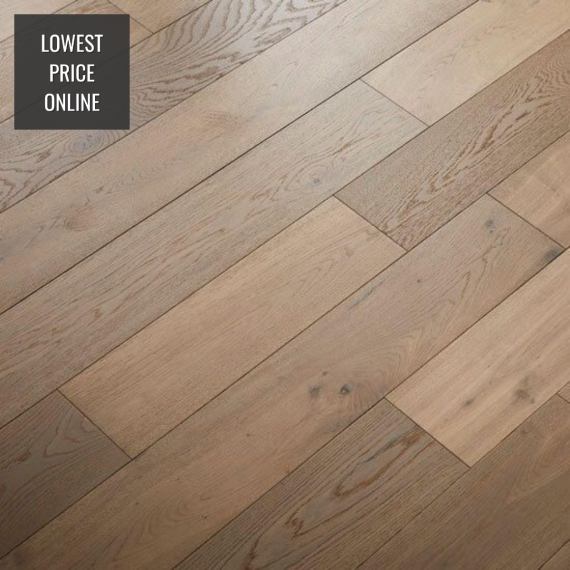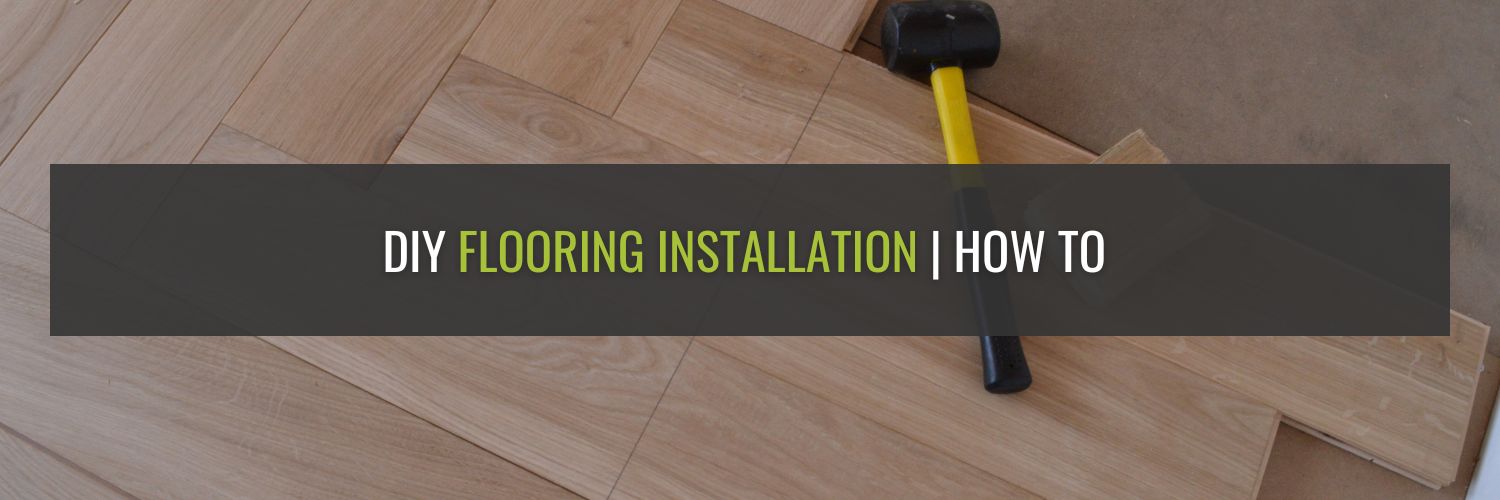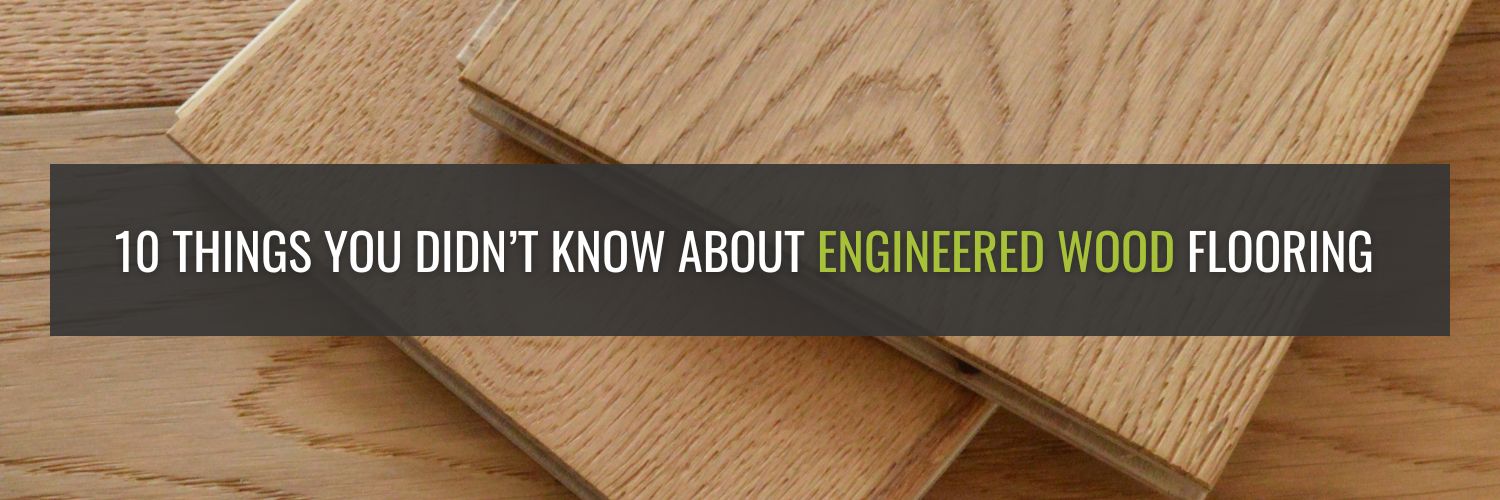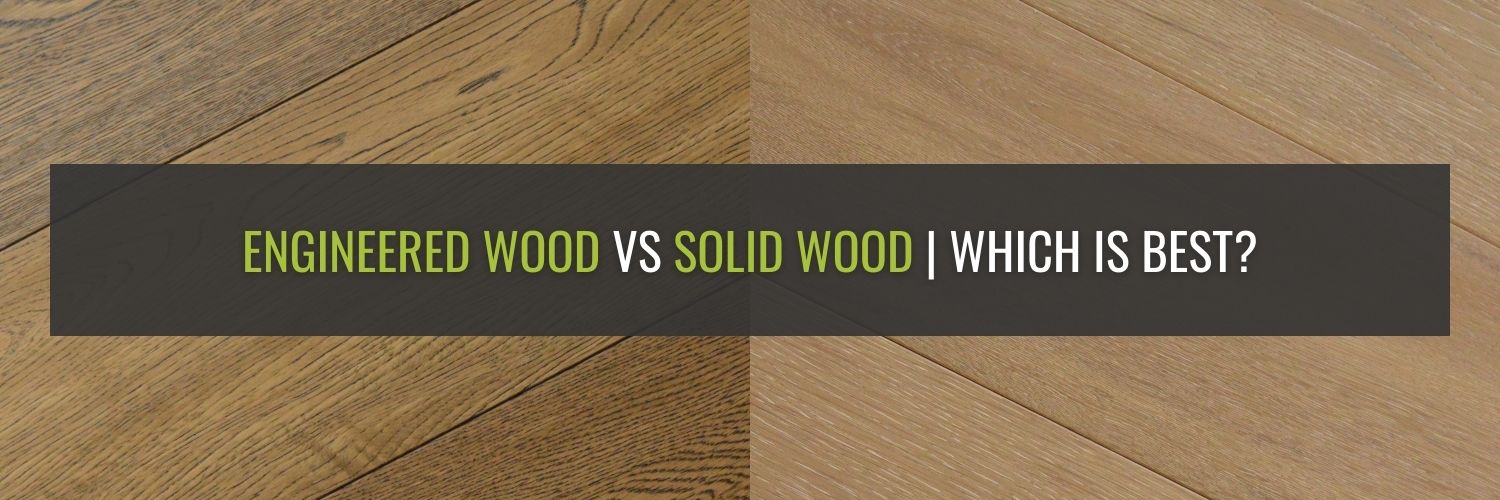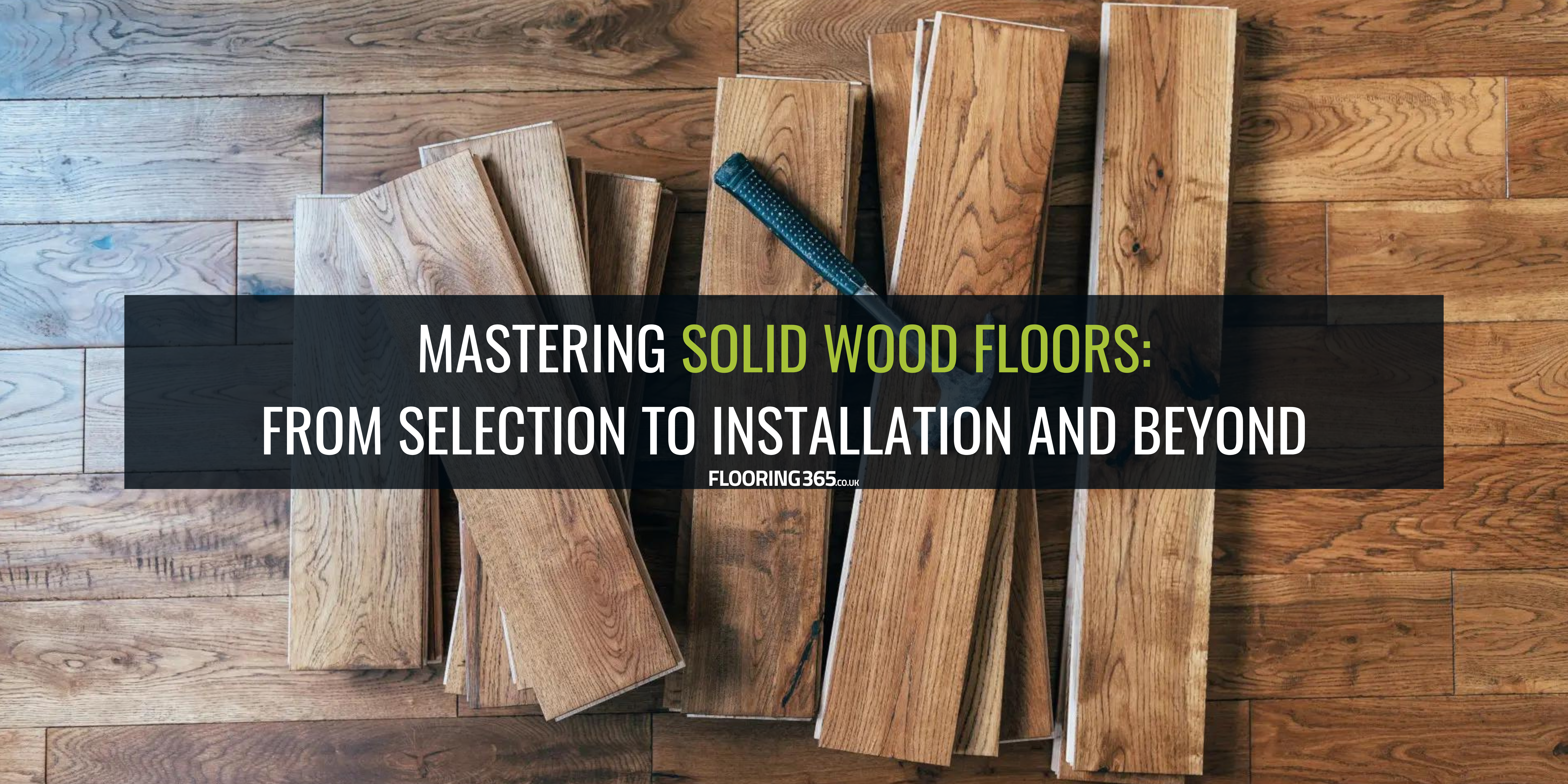We use cookies to make your experience better. To comply with the new e-Privacy directive, we need to ask for your consent to set the cookies. Learn more.
Laminate Or Engineered Wood Flooring | Which Is Best?

Undecided on Laminate Or Engineered Wood Flooring? Our Comparison Guide Is Here To Help…
Looking for a new floor but now sure which to opt for between laminate and engineered wood flooring? Both offer great benefits, with plenty of style and finish options, which can often make the job of deciding that little bit harder!
Don’t worry, we’ve covered everything laminate and engineered wood in our latest blog, looking at which is the best option from a fitting, durability, usability, style, stains & finishes, quality, underfloor heating, and cost point of view, so you can figure which is right for you before you start your next flooring project.
But first, let’s take a look at some of the basics of both…
What Is Engineered Wood Flooring?
Engineered wood flooring is a composite style floor, made up of structural layers (usually consisting of interlocking plywood) and a real wood ‘top layer’, which, when laid, has the same high-quality look and finish as solid wood flooring.
This revolutionary flooring design has grown massively in popularity over the last few years, as it delivers real wood flooring at a lower cost, with the added benefit of providing even better structure and durability than an entirely solid wood floor.
A top layer of real wood means it can also be sanded throughout its lifetime, to refresh and replenish the wood grain, which can wear with use.
What Is Laminate Wood Flooring?
Laminate wood flooring is usually made of HDF (High Density Fibreboard) with a photographic layer (which provides the appearance of wood) and protective overlay, this helps deliver a budget-friendly wood effect floor that’s hard-wearing and long-lasting.
Whilst it doesn’t deliver the truly authentic real wood feel of engineered wood, it still offers plenty of other benefits, including a generally more contemporary, uniform feel, with boards that are well profiled and easy to lay, glue-free.
Are Laminate & Engineered Floors The Same Thing?
No. Customers often confuse the two, as they’re neither technically ‘solid wood’, that’s where the similarities end though, in terms of construction.
Whilst both are composites, made of multiple layers, engineered wood flooring differs in that its top layer is solid wood, which gives a true ‘real wood’ finish when laid. Laminate on the other hand is finished with a paper, photographic top layer, usually giving the appearance of wood grain (although some laminates are stone effect or marble etc).
Here's Our & Laminate & Engineered Wood Flooring Comparison Guide...
Fitting
Modern wood flooring, whether it’s laminate, engineered, or even solid wood and parquet is surprisingly easy to fit, which is why we can’t split the two here and pick a winner.
Laminate, which usually comes in a Click Lok or ‘1Clic2Go’ profile, has come a long way over the years, making it pretty simple to fit, even for the novice DIY’er, usually without the need for glue or heavy prepping.
Whilst engineered wood flooring can be a little fiddlier, requiring glue (if using a tongue and groove method), it’s still a relatively straightforward job. If you’re really against a glue-based installation method, consider ‘Click Lok’.
Both can be laid on a ‘floating floor’ without the need for heavy duty adhesives or sticking to the subfloor; meaning there’s a bit more wiggle room for mistakes, as pieces can be re-laid if needed.
Installation Methods Explained:
- Click Lok System: A glue-free option for engineered wood flooring and laminate which essentially has two interlocking ends that ‘hook’ together.
- Tongue & Groove: Tongue and groove flooring (a popular option with engineered wood) usually has a simpler profiled edge, where two pieces of flooring simply ‘push together’, PVA glue is used to hold everything in place.
Durability
When it comes to flooring on a budget, both laminate and engineered wood flooring offer great, long-lasting durability; with, in our opinion, engineered flooring just edging it.
Whilst either will offer years of use, even in the busiest households, engineered flooring, thanks to its generally thicker top layer (or ‘wear layer) will provide enhanced resistance against traffic.
What’s more, engineered wood flooring is available in varying wear layer thicknesses. This is, essentially, the top layer of real wood, which can be sanded and refinished over time to bring your floor back to its best, something which can’t be done with laminates.
Wear Layers (Engineered Only)
As we’ve discussed, one of the key differences between laminate and engineered wood flooring is the top layer, with laminate being made up of paper and a protective layer that gives the appearance of wood (as well as many other finishes) and engineered having a real wood layer.
With a real wood top layer, engineered flooring can be resanded and refinished to keep it looking fresh for longer, as a guide, a 6mm wear layer, for example, can be sanded up to 5 times in its lifetime.
It’s worth keeping in mind that, when it comes to engineered wood flooring, there are options for different thicknesses of wear layer, with, as a general rule of thumb, thicker wear layer flooring being more expensive, but also able to be sanded a few more times during its lifetime.
Usability
Sometimes, the room you’re laying a floor in will dictate which type of flooring is best. When it comes to bathrooms, for instance, we wouldn’t recommend any type of real wood, including engineered wood flooring; whereas some laminates work well in wet areas.
Kitchens can be a tricky room to plan flooring for too. In theory, engineered wood flooring can be used, but you’ll need to ensure it’s well protected and any spills are cleaned up quickly.
Our advice is always; if it’s a kitchen or bathroom, avoid engineered wood flooring, just to be safe.
Style
It has to be said that, if you’re looking for an authentic wood finish, nothing beats engineered and solid wood floors (which both look identical to the naked eye, when laid).
However, modern laminates do an extremely good job of imitating wood, as well as offering plenty of other styles which aren’t available in engineered floors, such as tiles, marbles, and geometric patterns, so if you’re looking for something a little more interesting, perhaps laminate flooring is more suitable for you.
When it comes to wood finishes, both have plenty of options, including golden oaks, smoked, natural woods, and greys, as well as a number of different widths, which help to create a specific feel, from traditional to contemporary.
Another thing to consider when it comes to style, particularly with wood grain is; do you want character or continuity? Laminate, whilst obviously having an artificial wood grain, does offer a more uniform appearance, whereas engineered wood flooring is dictated by the natural grain of the real wood top layer, meaning there’ll generally be more variation between planks.
Stains & Finishes
Finishes such as handscraping, brushing, and lacquering were originally reserved for solid wood and engineered wood floors, however, laminates are now also available in these too! If you’re looking for a characterful floor that looks like it’s been laid for a while, or maybe you’re a fan of enhanced wood grain, either will do the trick.
In most cases, handscraped and brushed finishes look more authentic on engineered wood floors, although many customers prefer the reserved finishes that laminate has to offer. Ultimately, it comes down to personal preference.
Quality
As we’ve said, laminate flooring has come a long way from its original form when it became popular in the 90’s. These days, thanks to manufacturing improvements, it can be a high-quality, easy-to-fit, heavy duty product that looks great and lasts years.
Overall though, both are a good option if you’re thinking of fitting the flooring yourself, with precision finished profiling for easy joining, so we really can’t pick between the two.
Underfloor Heating
Engineered wood flooring and laminate flooring can both be used with underfloor heating, with a few caveats.
Firstly, you’ll want to consider an underlay that’s suitable for underfloor heating, which allows heat to dissipate evenly, creating a nice, even warmth throughout the room and protecting your flooring from fluctuations in temperature. We recommend a 4mm or 4.5mm underlay.
Whilst neither flooring type should be subjected to excessive heating temperatures, some manufacturers recommend that you should never let laminate flooring exceed 27 degrees.
You should also think carefully about the type of underfloor heating you’re going to use; electric or water-based. At Flooring365 we don’t recommend any type of electric underfloor heating with either laminate or engineered wood flooring, as it can create ‘pinch points’, where temperatures spike, potentially causing the flooring to flex or warp.
Please don’t hesitate to contact our team if you’re unsure about your underfloor heating.
Cost
Laminate will always win out when it comes to budget as the construction and composition doesn’t include any real wood, the costly part of any engineered wood flooring. That said, both are great value, especially when compared to solid wood flooring.
Again, no matter which you choose, both will last years, so you need to consider whether it’s worth stretching your budget to something more authentic like engineered wood flooring, or whether a more cost-effective laminate is the right choice, especially in a room that's less used, for example.
If your budget permits either and you’re undecided, we recommend trying them out first! We offer free, unlimited samples on both engineered wood flooring and laminates, so you can really get a feel for what looks right in your room before you commit.
Conclusion
You’ve probably realised by now that both laminate and engineered wood floors are a great choice for most rooms, with laminate being the ideal choice for kitchens and bathrooms, both usable with underfloor heating and both being easy to fit and long-lasting.
They’re both great choices from an aesthetic perspective, offering different qualities, from the authenticity and quality feel of engineered wood’s real wood top layer, to laminate’s uniform finishing and sharper, contemporary finishes (not to mention the huge range of options available).
Budget-wise, laminate is a little cheaper, though, both are incredibly cost-effective, and engineered wood flooring is the best choice cost-wise if you’re absolutely set on getting that authentic, real wood finish.
If you’re still unsure which is right for you, don’t forget, we offer unlimited free samples, direct through your letterbox, so you can try as many different styles as you like without even having to wait for the delivery man!
We always recommend trying samples before buying and getting as creative as you need; trying each with your chosen colour and decor schemes to get a true idea of what your finished floor will look like; remember; both will last years, so it pays to make the right decision from the start.
We’d love to hear your thoughts, have you used an engineered wood or laminate floor in your home? If so, what were the key reasons for choosing it? Already bought a floor from us? We’d love to feature it on our website or social media; remember to tag us on Instagram to be featured.
laminate-or-engineered-wood-flooring-which-is-best




